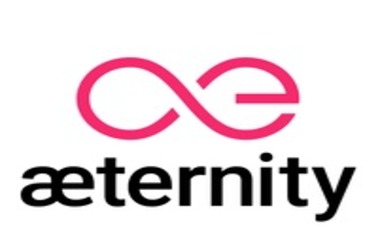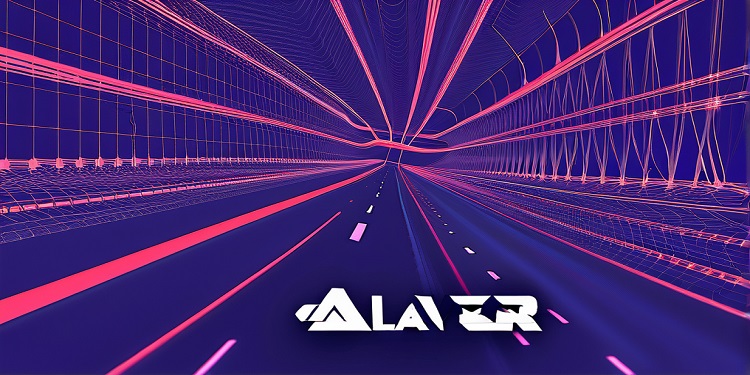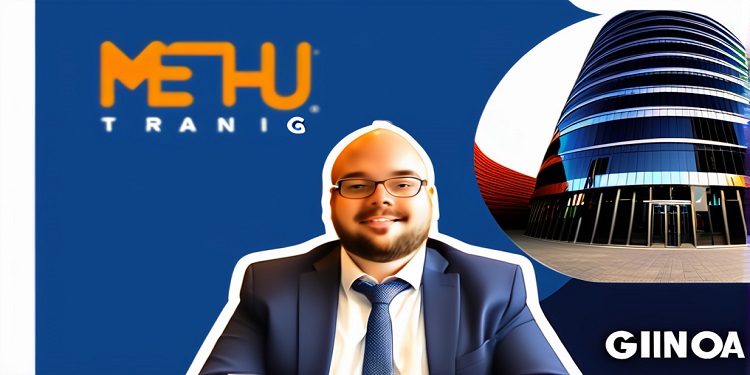 Lima, software built for implementing hard fork of Æternity blockchain network, was unveiled by the core developers.
Lima, software built for implementing hard fork of Æternity blockchain network, was unveiled by the core developers.
Æternity has highlighted that the upgrade, carried out through Lima, enhances the blockchain platform’s virtual machines, naming system and administration.
The objective of the overhaul, blatantly explained in the media release, is to compete primarily with Ethereum and also other blockchain platforms.
Æternity asserts itself to be one of the most vibrant blockchain coding communities. While the core developers have built and rolled out the new version of the protocol, it is up to the network’s miners to upgrade or carry as it is.
Æternity has also claimed that its latest virtual machine, referred to as Fast Æternity Transaction Engine, beats all other blockchain platforms in efficiency while consuming 10x less gas for processing smart contracts.
The protocol update also finishes the transition of the network’s administration to the inherent blockchain of Ethereum’s network. The protocol update also unveiled a designated voting system to enhance voter engagement.
Yanislav Malahov, Æternity founder elaborated on the growth of Æternity:
“Æternity grew from a team of core developers to an ecosystem built by its community. […] The launch of the on-chain governance system also marks a new era for æternity blockchain. […] In addition, the FATE VM and improved state channels are part of the æternity community’s ongoing goal to create a user-friendly blockchain platform for building decentralized applications that scale.”
Lima also introduces the official Æternity naming system. Therefore, names can be linked to any address and can be auctioned. The names can be used within smart contracts as the platform does not depend on second-layer solutions.
Notably, last month, prominent PoS (Proof-of-Stake) blockchain Qtum was subject to first hard fork, resulting in update of the network to Qtum 2.0.








